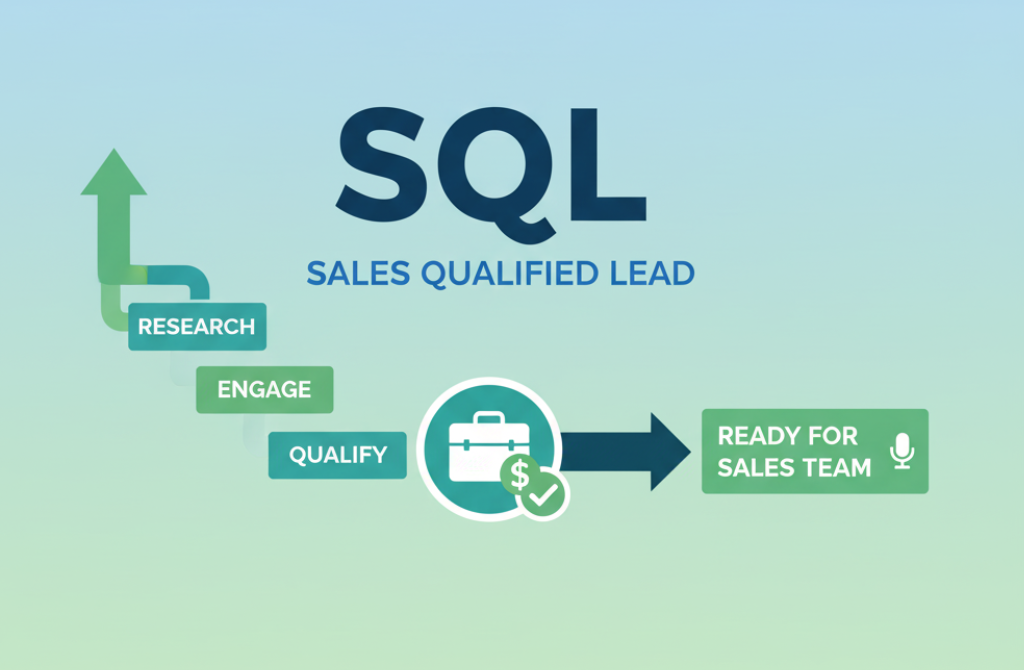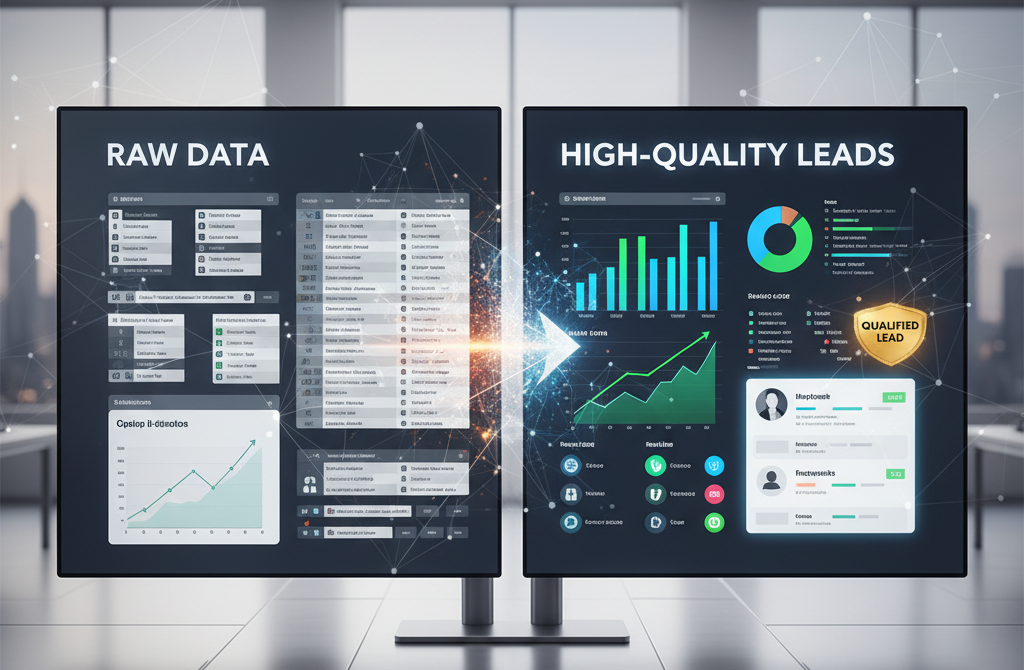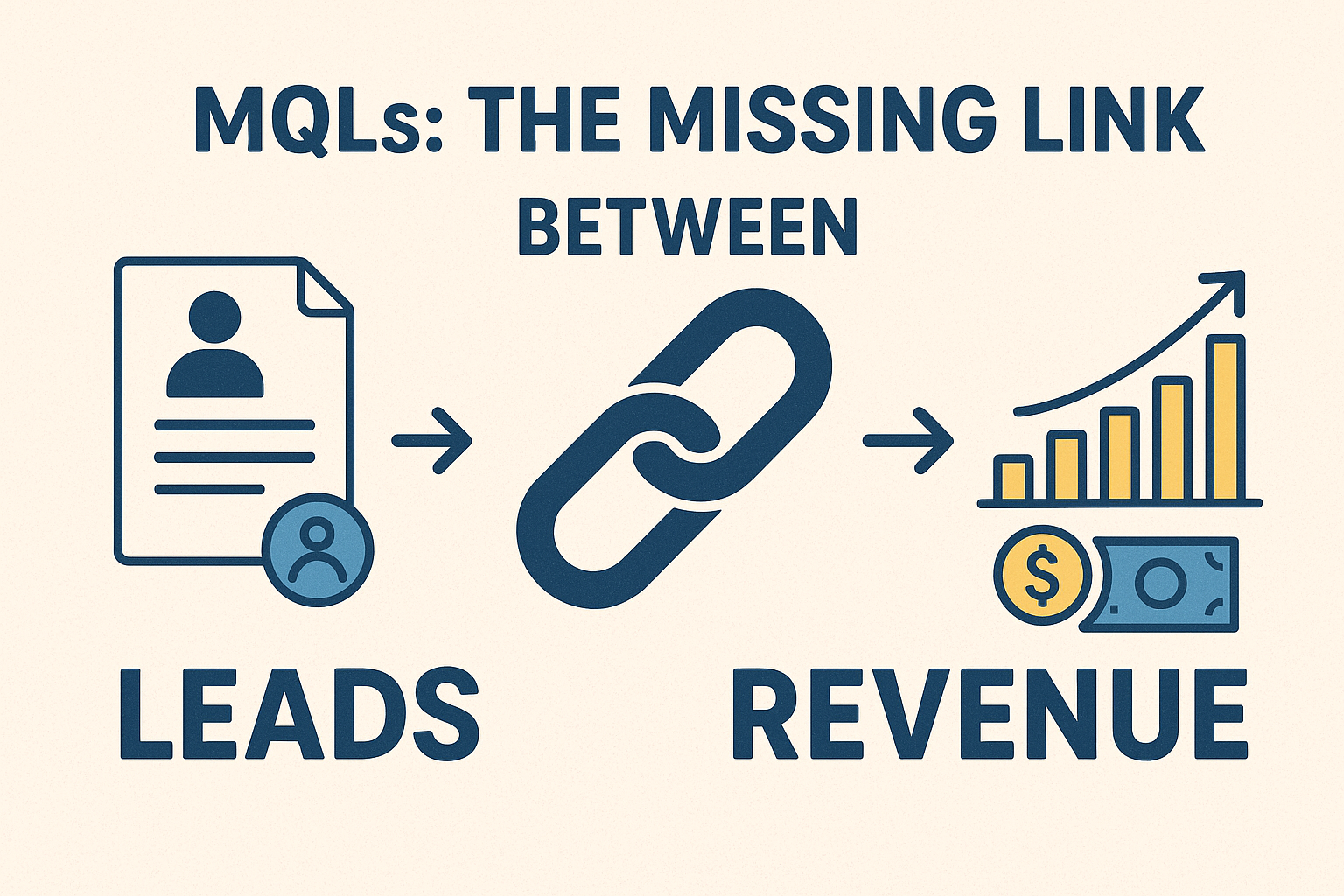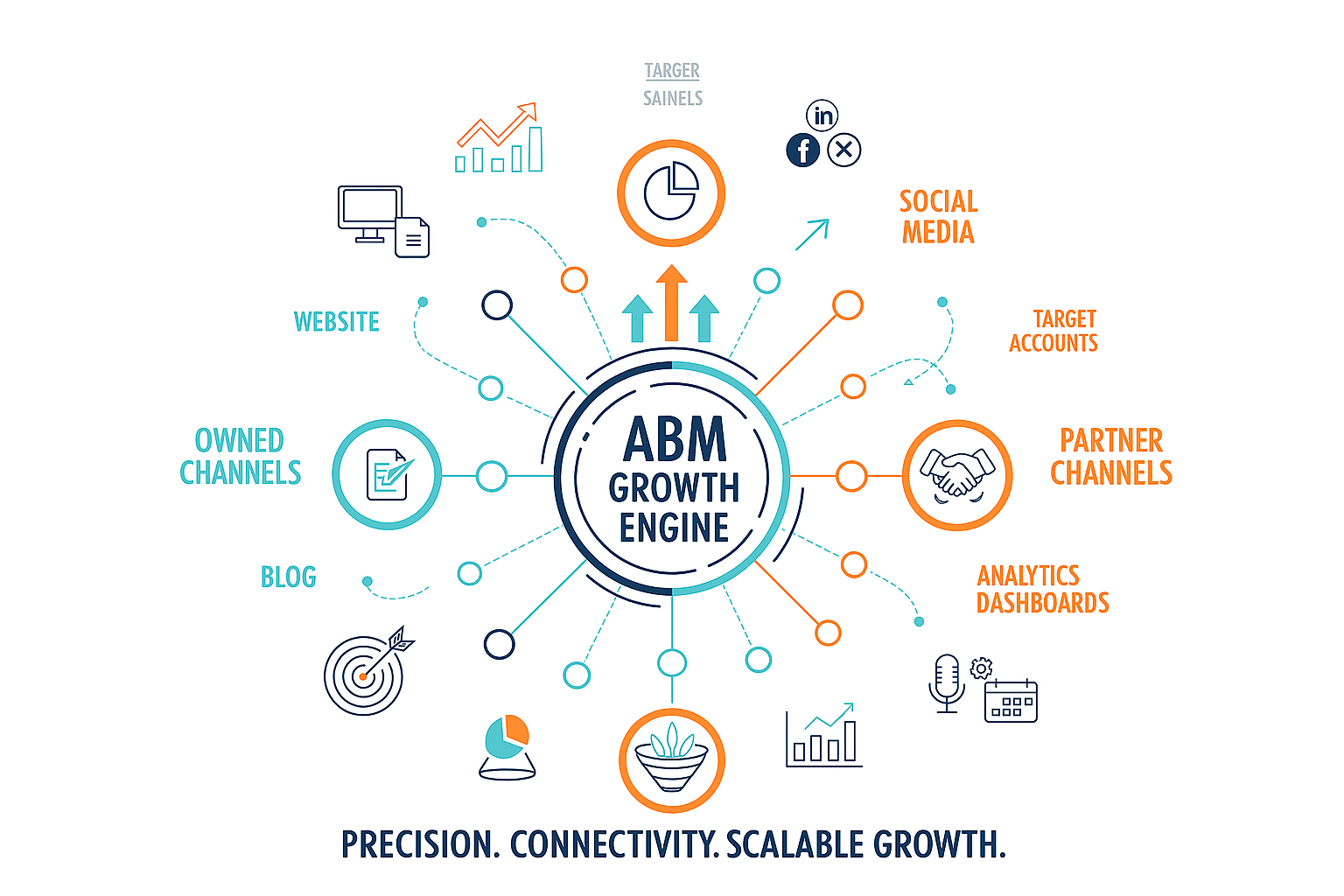Have you ever launched a product, only to find out that your customers did not care much? Or invested in marketing channels that underperformed because the messaging missed the mark? Businesses that deeply understand what potential customers are really thinking perform significantly better at product-market fit.
In the B2B industry, where decision cycles are longer, buyer expectations are higher, and competition is fierce, using the right market research methodologies can mean the difference between success and costly mistakes. Whether you’re refining your value proposition, understanding competitive dynamics, or discovering buyer pain points, the methodology you choose sets the quality of your insights.
In fact, as of 2025, 85% of B2B professionals rely on online surveys as their primary research tool, while qualitative methods like interviews and focus groups continue to play a vital role in uncovering deeper motivations. Combined with AI, predictive analytics, and synthetic data innovations, today’s methodologies are more powerful and precise than ever.
In this blog, you’ll find answers to key questions like:
- What are the main market research methodologies?
- How do you choose between qualitative and quantitative?
- When to use secondary vs primary research?
- How to apply them for B2B strategy, messaging, and product development?
Table of Contents
ToggleWhat Are Market Research Methodologies?
At its core, “market research methodologies” are the structured approaches and techniques used to collect, analyze, and interpret data about markets, customers, and competitors. They define how you gather insights, methods like surveys, interviews, focus groups, observation, secondary data, etc.
Each methodology has strengths and trade-offs: some are better for depth (e.g. interviews), others for breadth (e.g. web surveys). Knowing which to use for which question is essential for actionable, reliable results.
Categories of Market Research Methodologies
Market research methodologies can be broadly divided into several categories. Each category serves a specific purpose in the research journey.
1. Primary vs. Secondary Research
- Primary Research: Directly collected data through surveys, interviews, focus groups, or observations. It’s original, customized, and specific to your business needs.
- Secondary Research: Data collected from existing sources like industry reports, published studies, competitor websites, or government statistics. It’s cost-effective and useful for building context before launching primary research.
Example: A SaaS firm may start with secondary research to understand the size of its target market, then use primary research interviews to validate customer needs.
2. Qualitative Research
Qualitative methods are designed to uncover motivations, perceptions, and deeper insights. They don’t focus on numbers but instead explore the “why” behind buyer behaviors.
Key methods include:
- In-depth Interviews: One-on-one discussions to explore customer challenges and needs.
- Focus Groups: Group discussions that reveal collective perceptions, objections, and preferences.
- Ethnographic Research: Observing customers in their natural environment.
- Jobs-To-Be-Done (JTBD) Framework: Identifying the “job” customers hire your product to accomplish.
Use Case: A cybersecurity company may conduct qualitative interviews with IT decision-makers to understand how they perceive threats and evaluate vendors.
3. Quantitative Research
Quantitative methods rely on measurable data and statistics. They are essential when you want to validate findings at scale.
Key methods include:
- Surveys & Questionnaires: Large-scale data collection through structured questions.
- Data Analytics & Modeling: Statistical techniques to identify patterns or predict outcomes.
- Customer Satisfaction Metrics: Tools like Net Promoter Score (NPS) or Customer Effort Score (CES).
Use Case: After identifying potential needs qualitatively, a cloud services provider may run a survey across 500 IT managers to quantify demand for certain features.
4. Competitive and Market Landscape Analysis
No business operates in isolation. Competitive research reveals strengths, weaknesses, and opportunities in the marketplace.
Methods include:
- Win-Loss Analysis: Understanding why deals were won or lost.
- Competitor Benchmarking: Assessing competitors’ offerings, pricing, and positioning.
- Trend Analysis: Tracking emerging technologies or customer preferences.
Use Case: Many B2B organizations pair win-loss interviews with AI-powered competitor benchmarking, allowing real-time tracking of shifts in pricing, features, or positioning.
5. Longitudinal and Tracking Studies
Sometimes insights need to be gathered over time. Longitudinal methodologies track changes in attitudes, perceptions, or behaviors.
- Customer Panels: Repeated engagement with a group of respondents over months or years.
- Brand Tracking: Monitoring awareness, recall, or sentiment over time.
- Usage Tracking: Studying product adoption and engagement trends.
Use Case: A SaaS company may use longitudinal research to measure how customers adopt a new feature over six months.
6. Digital and Behavioral Research
With the rise of digital platforms, analyzing customer behavior online has become a powerful methodology.
- Social Listening: Monitoring social media platforms, such as LinkedIn or Twitter, for sentiment analysis.
- Web Analytics: Studying website traffic, heatmaps, and conversion flows.
- Community Forums: Observing conversations on industry-specific platforms.
Use Case: A fintech startup may track LinkedIn discussions to detect early interest in emerging payment solutions.
How Do You Choose the Right Methodology?
Here are some guiding questions you should ask:
- What is the research objective?
Do you want to explore (discover), measure (define), or validate (test)? For exploration, qualitative methods help; for validating, quantitative methods are better. - How urgent is the need?
Some methods take longer (e.g. longitudinal, focus groups); some (e.g. online surveys) are faster. - What budget & resources are available?
Interviews and qualitative work are often more expensive per insight; online surveys or the usage of existing data can be more cost-efficient. - How representative must the data be?
If decisions are high-stake (e.g. entering new market), you’ll want broad, representative quantitative data. - How complex or novel is the problem?
If you’re exploring something new (e.g. new product or untested proposition), methods like JTBD or qualitative interviews are essential.
Applications of Market Research Methodologies in B2B
B2B decision-making is complex, involving multiple stakeholders and longer sales cycles. This makes the application of research methodologies slightly different from B2C.
- Building Buyer Personas: Interviews and JTBD analysis to understand pain points.
- Validating Messaging: A/B testing messaging with quantitative surveys.
- Pricing Research: Van Westendorp price sensitivity models to find acceptable ranges.
- Product Development: Concept testing with focus groups before launch.
- Go-to-Market Strategy: Competitive benchmarking to refine positioning.
Best Practices & Common Pitfalls
- Use triangulation, i.e. more than one methodology to validate findings.
- Always define your sampling strategy clearly (who you ask, how many, and segments).
- Avoid bias in questions and framing.
- Maintain consistent metrics or scales when doing tracking studies.
- Be careful with small peer samples in B2B (sometimes hard to get large N).
- Don’t skip the action step. Research is useless unless insights feed into strategy, product, and messaging.
Examples: Real-World Scenarios of Applying Market Research Methodologies
- A B2B SaaS company uses JTBD interviews to understand why customers switch from competitor tools and discovers feature gaps that no one else has yet addressed.
- A technology vendor conducts competitive landscape analysis + win-loss interviews to refine its positioning; they then use surveys to quantitatively test revised messaging.
- A consultancy uses longitudinal research to monitor client satisfaction over time and track NPS, adjusting service delivery accordingly.
FAQs
Q1: What is the difference between qualitative and quantitative research methodologies?
Qualitative methods (like interviews, focus groups) dig into motivations, perceptions; quantitative methods (surveys, analytics) measure scale and frequency of behaviors.
Q2: When should I use secondary research vs primary research?
Use secondary research early for landscape, trends and existing data; use primary when you need fresh, tailored insights specific to your product or audience.
Q3: How many respondents do I need for reliable quantitative methodology in B2B?
It depends on target audience size and variability, but generally, aim for as many as feasible; sometimes dozens to low hundreds can give directional insight if carefully sampled.
Q4: Can I combine multiple methodologies in one project?
Absolutely. Mixed-methods (qual + quant) give richer, more reliable insights than relying on one alone.
Q5: How long does research using more complex methodologies take?
It can take weeks to months, interviews/focus groups need scheduling; longitudinal/tracking studies run over time.
Conclusion
Choosing the right market research methods is about more than just ticking boxes of methodologies; it’s about aligning your research design with business goals, timelines, and available resources. In B2B markets, where complexity and competition are high, the right blend of qualitative and quantitative approaches ensures that decisions are based on real, evidence-backed insights rather than assumptions. By applying the right methodologies, organizations can uncover hidden opportunities, reduce risks, and stay ahead in fast-evolving industries.
I hope you find the above content helpful. For more such informative content, please visit PangeaGlobalServices.






